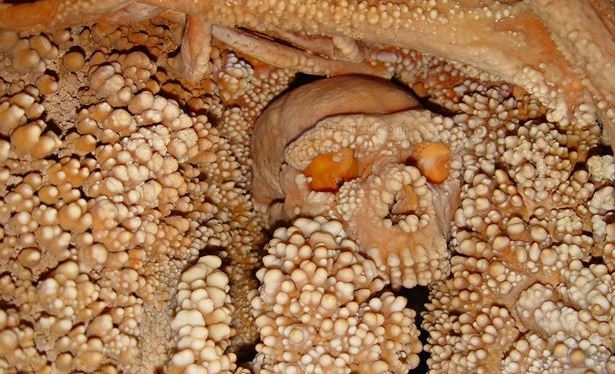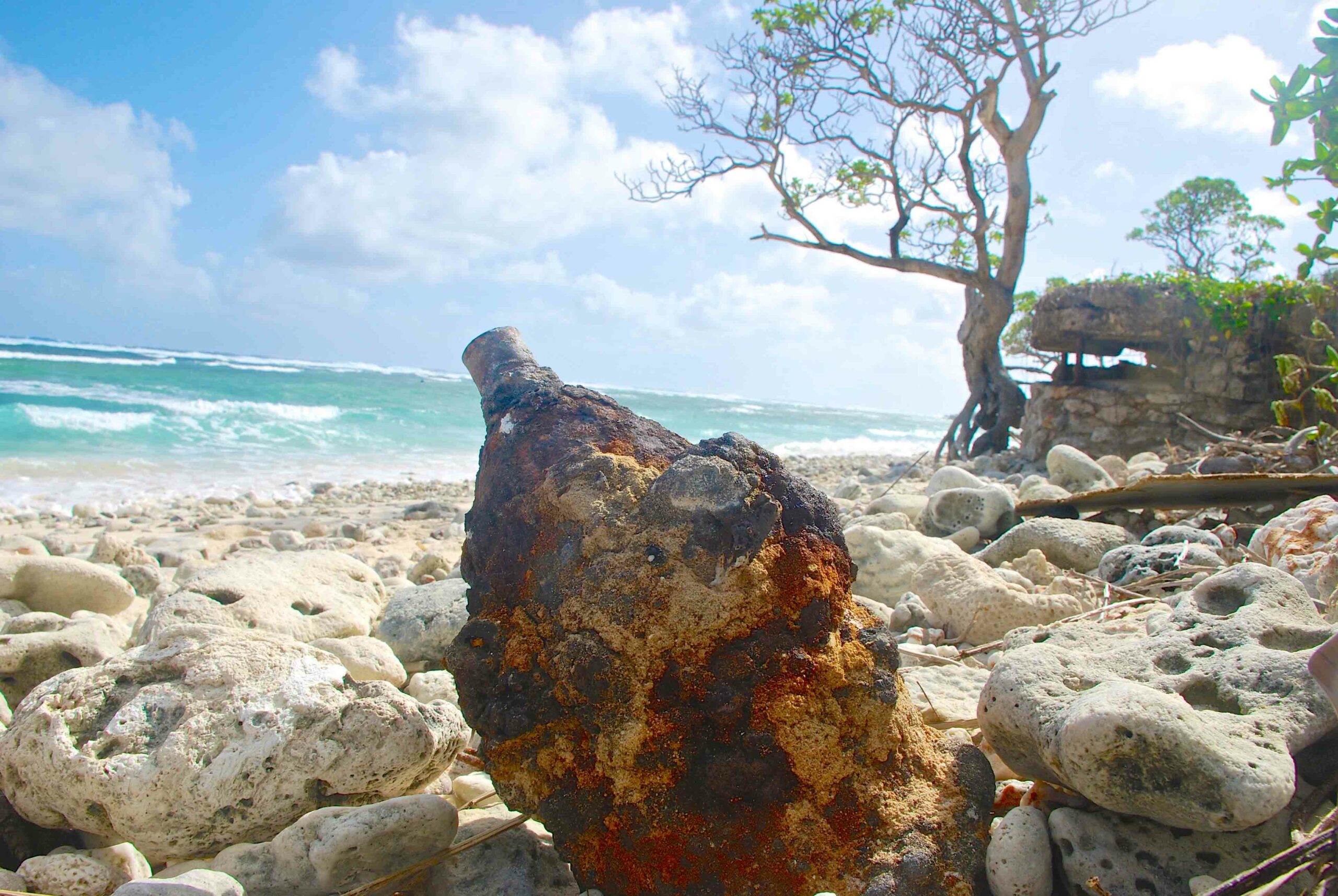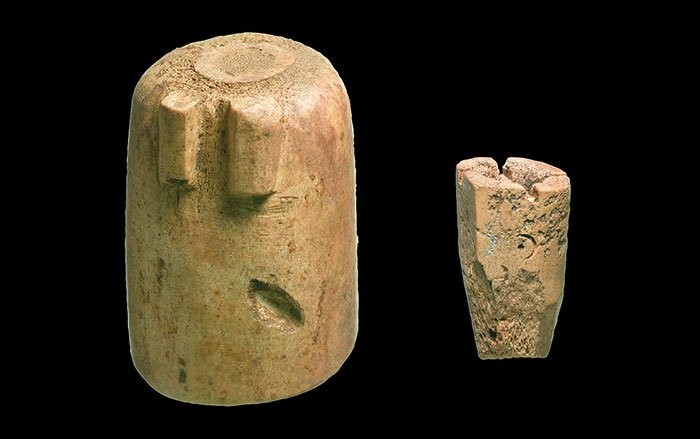
ROME, ITALY—A tiny piece of shoulder bone and stalactite fragments collected from Altamura Man have been tested by researchers led by Giorgio Manzi of the Sapienza University of Rome. The remains, discovered in 1993 by cave explorers, are embedded in the rock and have not been removed from the cave. Only the head and part of a shoulder are visible, and were thought to represent an archaic Neanderthal, which lived in Europe between 200,000 and 40,000 years ago. The new test results, publicized in Phys.org, support the identification of the individual as a Neanderthal who may have fallen in a natural well and gotten stuck. Uranium-thorium dating revealed that the calcite in the stalactite fragments was formed 172,000 to 130,000 years ago. DNA from the bone sample is thus the oldest ever recovered from Neanderthal remains. The next step is to try to sequence the DNA sample. For more on our extinct cousins, see "Should We Clone Neanderthals?"










